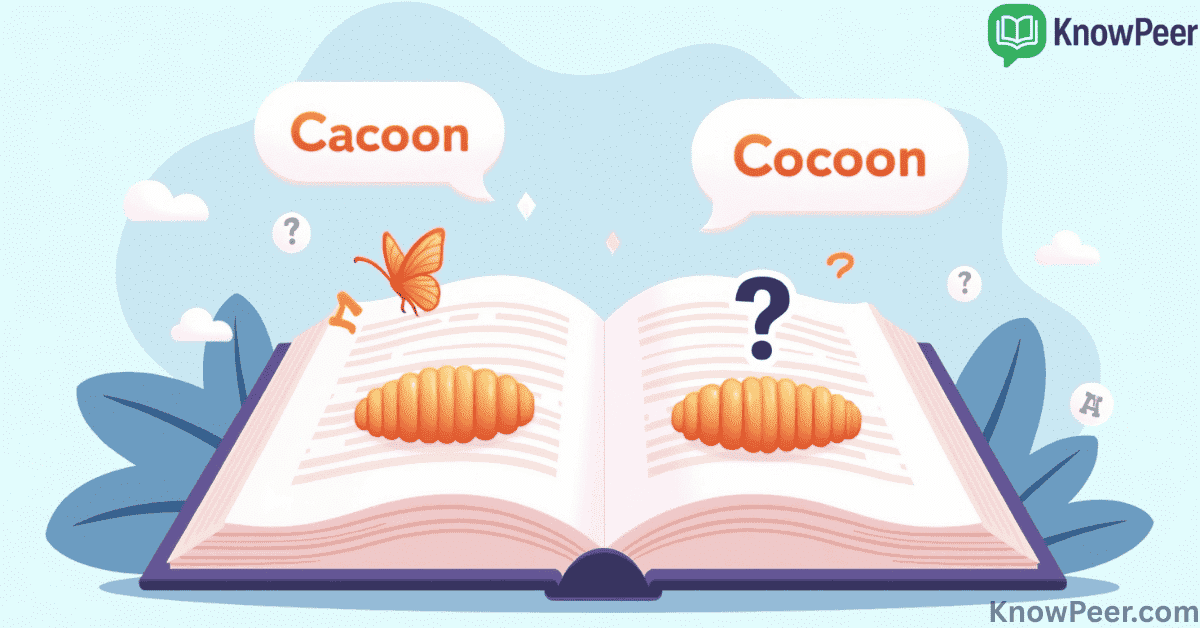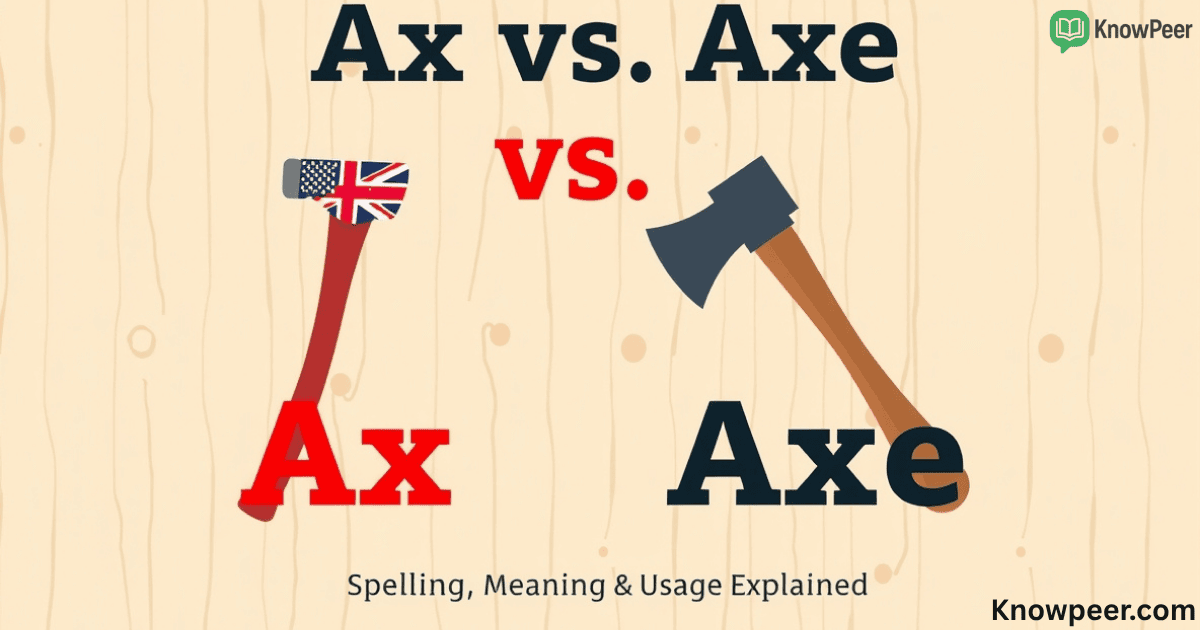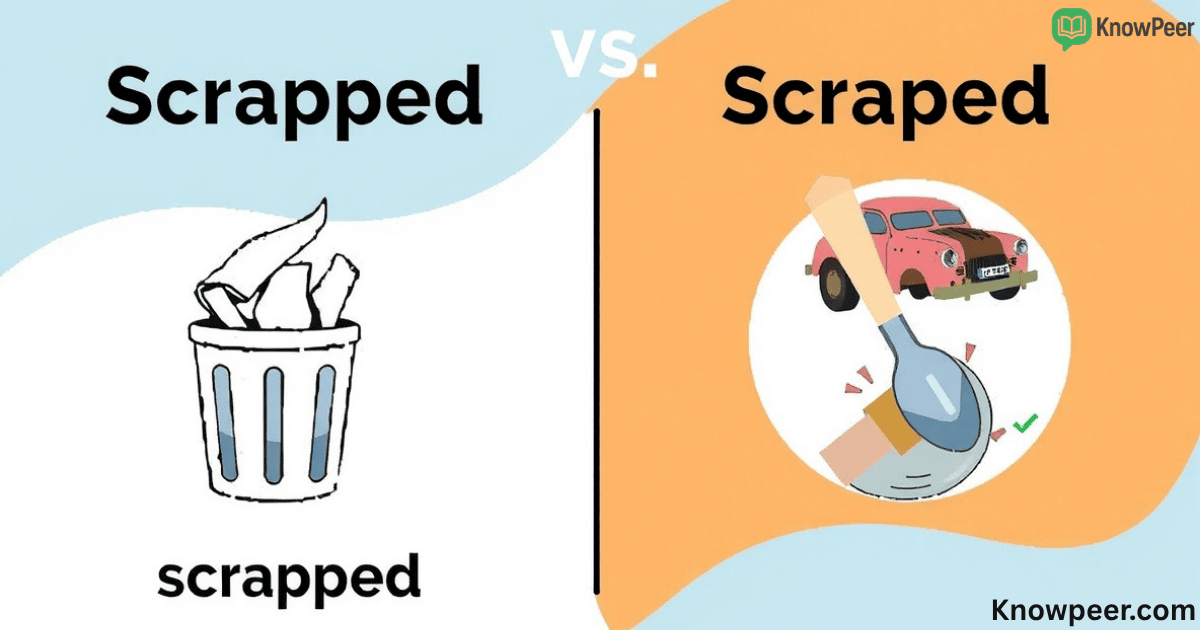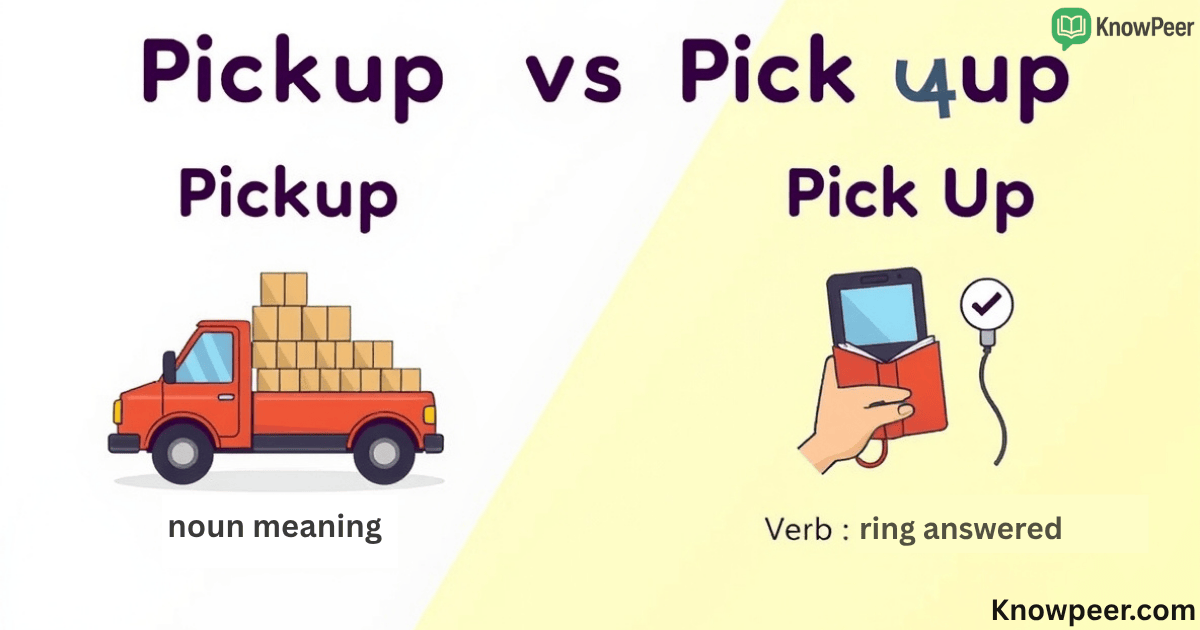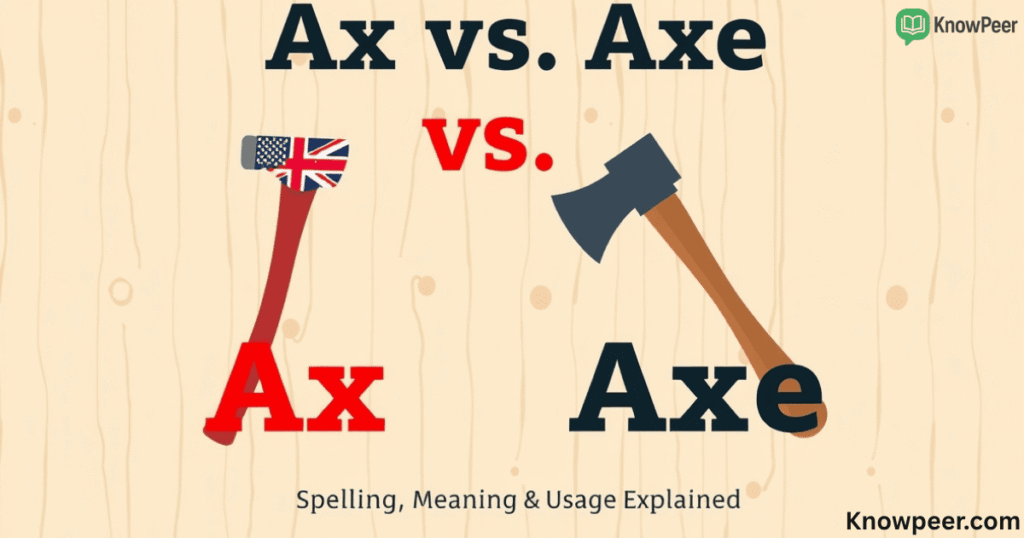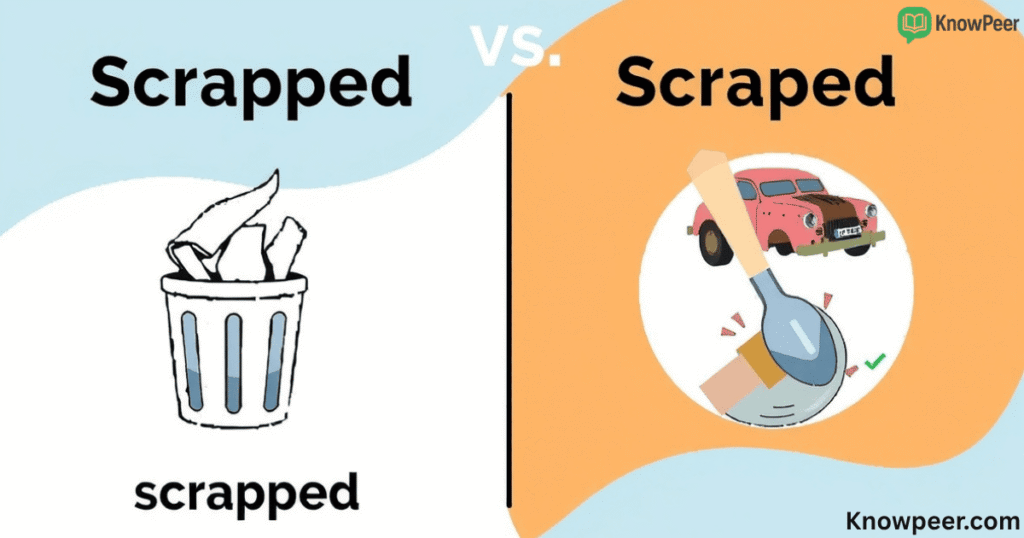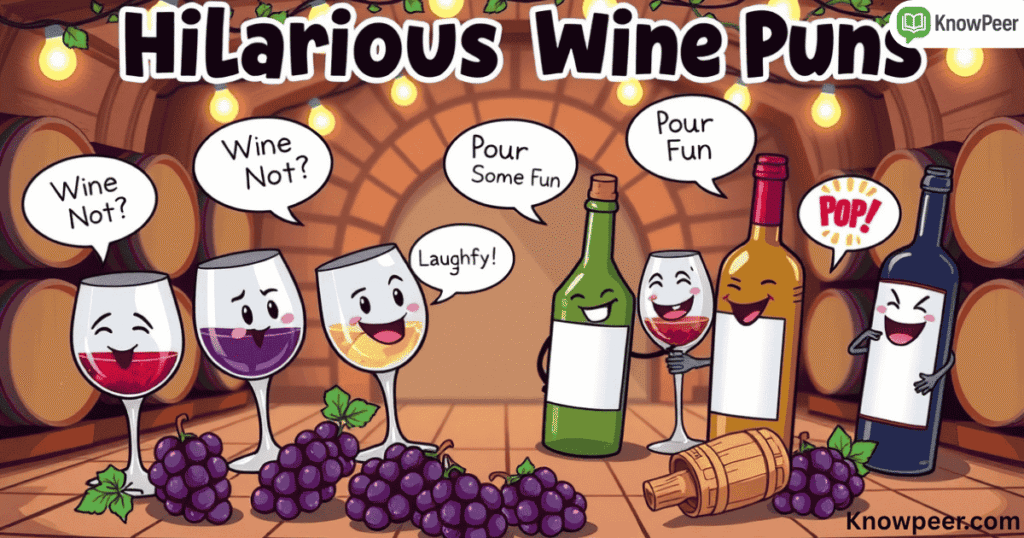Why ‘Cacoon’ and ‘Cocoon’ Get Confused So Often
The words cacoon and cocoon look very similar. That’s why many people mix them up. But only one of them is correct in English. The correct spelling is cocoon. This word has many meanings and uses. The confusion comes mostly from how the words sound. They are homophones. That means they sound the same but are spelled differently.
Many people type fast and rely on spellcheck. But autocorrect mistakes happen. Sometimes even dictionaries don’t catch rare misspellings like cacoon. Also, people learning English often struggle with tricky words like this. And since cacoon is used in some brand names and refers to a real plant, that adds to the mix-up.
Cocoon – Correct Spelling and Real-World Meanings
So, what is a cocoon? In simple terms, it’s a soft shell made by insects. The meaning of cocoon comes from nature. It is a covering spun by the larva of some insects to protect them as they grow into adults. In entomology, the study of insects, a cocoon is key to the insect life cycle. This phase, where a larva becomes a pupa inside a cocoon, is called holometabolism.
One of the most famous cocoons is the silk cocoon, made by the Bombyx mori, or silkworm. These insects spin cocoons from silk threads. The silk is then harvested for fabric. This process is part of the ancient and rich history of silk. The silk industry has grown around the use of cocoons for textiles, surgical silk thread, and natural fiber inspiration in biomimicry cocoon design.
Cacoon – A Misspelling with a Twist
Now, let’s talk about cacoon. This word is often a spelling mistake for cocoon. You might see “cacoon spelling mistake” in writing or online content. But it can also refer to something real: the cacoon seed. This is a tropical seed from the Entada gigas plant. This seed can float across oceans. It is large and bean-like, often used in plant-based medicine.
In traditional Caribbean medicine, the cacoon seed is boiled or used in tonics. It’s believed to help with inflammation and skin issues. Even though it’s not the same as a cocoon, the name sticks. This makes it more confusing when people search for the correct word.
Sometimes, cacoon is used in branding, like the cacoon tent or cacoon hammock. These are round, hanging seats inspired by the shape of a real cocoon. So while “cacoon” is wrong as an insect word, it does appear in other ways.
Cocoon vs Cacoon: Clear Differences You Should Know

| Feature | Cocoon | Cacoon |
| Correct Spelling | Yes | No (except for the seed/brand use) |
| Used in Entomology | Yes | No |
| Found in Dictionary | Yes | Rarely, and not in major dictionaries |
| Meaning | Insect casing for transformation | Tropical seed or brand name |
| Common Mistake? | No | Yes |
| Used in Medicine? | Yes (silk in surgery) | Yes (plant-based uses) |
| Found in Branding? | Yes (“cocoon” fashion/design) | Yes (tents, hammocks) |
To remember the correct spelling of cocoon, try this spelling tip: Think of “co” for cover and “coon” for cocoon. That makes “cocoon” easier to spell.
Cocoon in Nature and Metamorphosis
In nature, a cocoon plays a powerful role in the transformation of insects. It’s not just a silky shell—it’s a life-changing stage. Insects like moths and some beetles use this protective casing during metamorphosis. After the larva finishes feeding, it spins a silk cocoon to protect itself during the vulnerable pupa stage. Inside, the insect undergoes complete physical change. This process is part of what scientists call holometabolism, or full metamorphosis.
One of the most famous examples is the silkworm, also known as Bombyx mori. This tiny insect weaves a silk cocoon from a single thread, which can be over 1,000 meters long. While it rests inside, the body completely reshapes—legs, wings, and antennae all form. In the end, it emerges as an adult moth. The same transformation happens in butterfly metamorphosis, although butterflies usually form a chrysalis, not a cocoon.
The cocoon itself offers more than just shelter. It maintains moisture, blocks bacteria, and hides the insect from predators. This stage in the insect life cycle is so vital that missing it can stop development entirely. Without a cocoon, there is no transformation. That’s why the cocoon definition in science is tied so closely to survival, protection, and evolution. It’s nature’s way of ensuring a safe rebirth.
The Metaphor of the Cocoon in Life
The word cocoon isn’t just used in science. It’s also a strong metaphor in everyday life. When people talk about being in a cocoon phase, they often mean they’re in a period of rest, healing, or deep change. Just like an insect, a person might withdraw from the outside world for a while. That quiet time—whether emotional, spiritual, or mental—can lead to a powerful transformation.
In this context, the cocoon meaning in life speaks to personal growth. Someone who has gone through loss, stress, or major life change might enter a cocoon of healing. They step back, reflect, and rebuild. It’s a way of protecting the heart and mind before returning stronger than before. This is why people often talk about emotional healing as a “cocoon” period.
The cocoon transformation reminds us that change often begins quietly. Though invisible on the outside, deep growth is happening within. It’s a symbol of hope, rest, and new life.
Cocoon in Pop Culture and Design
The idea of a cocoon has made its way into pop culture and modern design, where it often represents comfort, transformation, or protection. In films and books, the cocoon metaphor is used to show characters going through major life changes. Here, the cocoon represents rebirth and the power of hidden energy.
In the fashion world, cocoon-style clothing has become a trend. Designers use round, protective shapes that wrap the body, such as cocoon coats and capes. These pieces are meant to give warmth and security—like a wearable shell. The feeling of being wrapped up safely is part of what makes these styles so popular.
Architecture and interior design have also embraced the cocoon-inspired trend. From cocoon chairs to cozy cocoon-style homes, the goal is to create calming, enclosed spaces. These designs appeal to people looking for quiet, peaceful environments that feel like a retreat from the noisy world.
Even in tech, cocoon UX design focuses on user comfort, using soft visuals and intuitive flows that make digital experiences feel gentle and welcoming. Across all these fields, the cocoon has become a powerful symbol of care, retreat, and transformation.
Cocoons in Silk Production and Industry
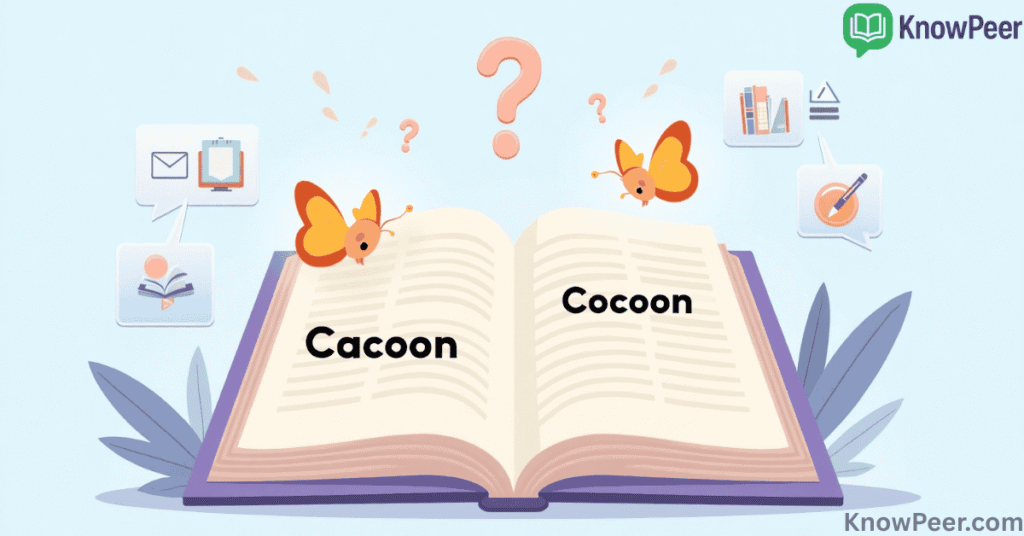
The silk cocoon is more than just a natural wonder. It’s the base of the silk industry. Silkworms, especially Bombyx mori, are raised in farms. They feed on mulberry leaves. Then they spin a cocoon from one long silk thread.
Each silk production cycle starts with a cocoon. After the worms form cocoons, the silk is harvested. Some cocoons are kept for moths to emerge, while others are boiled to collect the silk. That silk becomes cloth, used for clothes, bedding, and even surgical silk thread. Today, silk also appears in sustainable materials and biomimicry cocoon designs in fashion and tech.
Case Study: The Silk Road and Global Impact of Cocoons
Thousands of years ago, silk from cocoons was so valuable it created trade routes. The Silk Road connected China to Europe and Africa. At the center of it all was the silkworm cocoon. It shaped trade, wealth, and culture.
In modern times, countries like India, China, and Thailand continue silk farming. The fabric is still seen as a symbol of class and beauty. Even in medicine, silk from cocoons helps with stitches and organ repair. The cocoon, though small, has changed human history.
Tips for Spelling the Word ‘Cocoon’ Correctly
Spelling confusion is common in English. English homophones like “cocoon” and “cacoon” trip people up. A good way to avoid the cacoon spelling mistake is to look for dictionary spelling. Trusted sources like Oxford or Merriam-Webster will only list “cocoon”.
Another trick: When you spell cocoon, say it out loud as “co-coon.” That helps your brain remember the double O and correct pattern. You can also think of a cocoon as a cozy cover. That makes “co” feel natural in the beginning.
Conclusion
So, when it comes to cocoon vs cacoon, only one is right for insects and nature: cocoon. It’s the standard spelling and has many deep meanings. From entomology to spiritual growth, cocoons touch many parts of life. They also show up in tech, medicine, and art.
Still, cacoon isn’t completely wrong. It’s used in naming a tropical seed, in plant-based medicine, and even as a brand name. But remember, that usage is rare and special. If you’re writing about insects, metamorphosis cocoon, or cocoon fashion, stick with the right spelling.
In the end, knowing the correct spelling of cocoon shows care. It helps your writing, learning, and understanding of the world. And who knows? Maybe next time you see a caterpillar, you’ll smile, knowing what comes next inside its safe little shell.
